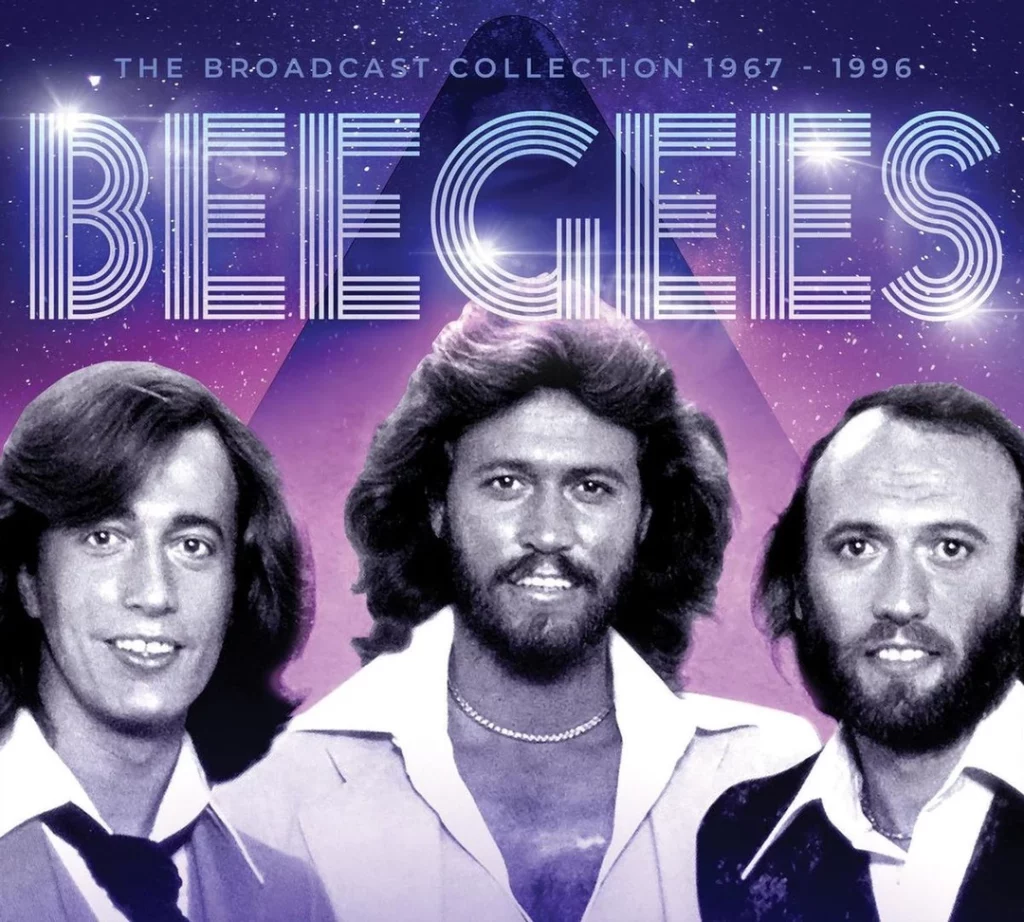
Tragedy: A Timeless Disco Anthem by the Bee Gees
The song “Tragedy” by the Bee Gees, written by Barry, Robin, and Maurice Gibb, was released in 1979 as part of their album Spirits Having Flown. This single became a huge hit, reaching number one in the UK in February 1979 and topping the US Billboard Hot 100 in March of the same year. In 1998, the British pop group Steps covered “Tragedy,” and their version also reached number one in the UK.
The Gibb brothers wrote “Tragedy” and another hit, “Too Much Heaven,” during a break from filming the movie Sgt. Pepper’s Lonely Hearts Club Band, in which they starred. That same evening, they also wrote “Shadow Dancing,” performed by their younger brother Andy Gibb, which also became a number one hit in the US.
A memorable feature of “Tragedy” is the explosion sound effect at its climax. This sound effect has intrigued many fans. In a Bee Gees special on NBC, footage showed Barry Gibb in a studio, creating the sound by blowing through his cupped hands. Co-producer Karl Richardson explained that they enhanced this sound using a new piece of equipment called a product generator. This device combined the sound of multiple piano keys being held down and Barry’s distorted vocal sound, resulting in a unique explosion-like effect.
Although “Tragedy” was not originally part of the Saturday Night Fever soundtrack, it was later added to the West End version of the musical. The song displaced Gloria Gaynor’s “I Will Survive” from the number one spot in the US for two weeks before Gaynor’s song returned to the top. “Tragedy” was one of three singles from the album that interrupted another song’s stay at number one.
In the US, “Tragedy” became the Bee Gees’ fifth consecutive number-one hit, tying the record held by Bing Crosby, Elvis Presley, and the Beatles. This record was later broken by Whitney Houston, who achieved seven consecutive number-one hits.
Critics praised “Tragedy” for its intensity, comparing it to the Bee Gees’ earlier hit “Stayin’ Alive.” They highlighted its multiple vocal and instrumental hooks, graceful harmonies, vibrant synthesizer arrangements, guitars, horns, solid beat, and dramatic vocals.